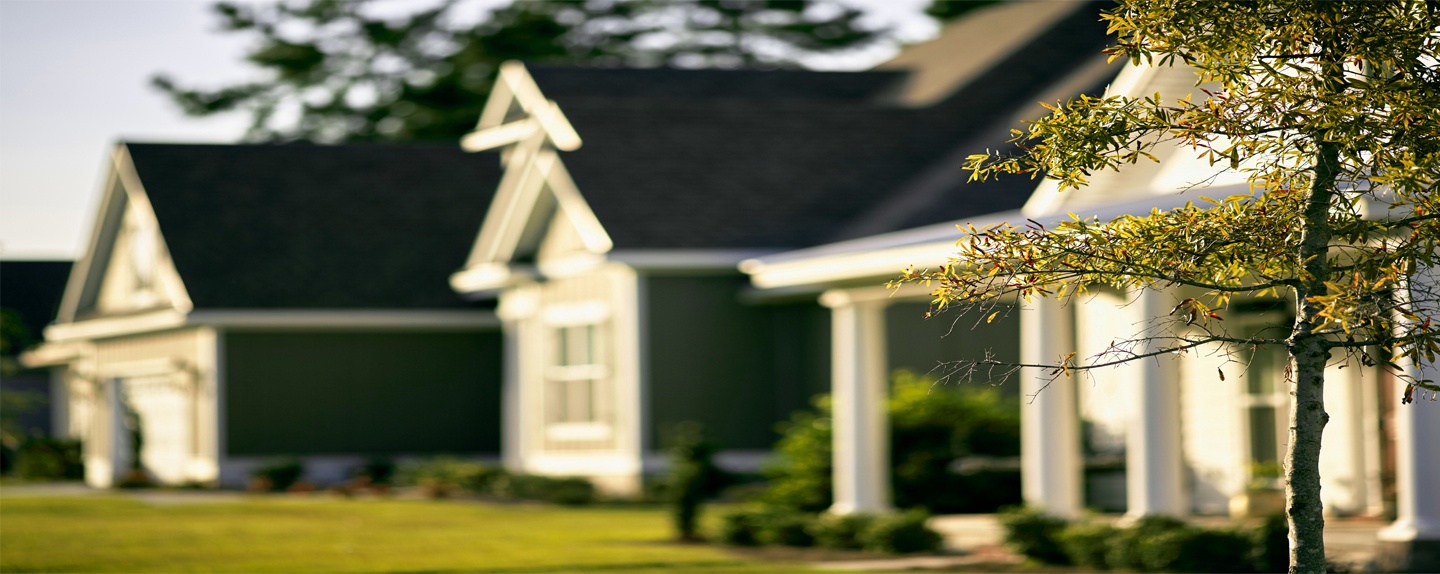Here in the Short North, Japanese Beetles are a common nuisance and before you know it, they will be out in a full feeding frenzy. They not only will be effecting your lawn, but they will be feeding on all your plants, flowers, and leaves. To help prevent damage to your lawn this year, it is important to understand the life cycle of Japanese beetles and the best way to treat and prevent them from returning each season.
Life Cycle Of The Japanese Beetles
Everyone can identify the Japanese beetles as being copper-colored, but it is important to also know the stages that Japanese beetles go through each season so that you can know when they are active in your lawn.
In the summer, as the temperatures begin to increase, Japanese beetles will begin to feed on your leaves, flowers, fruit, and any other plants in your lawn.
Damage Caused
Before Japanese beetles emerge from the ground, the grubs feed off your lawns root system, not only destroying your turf, but taking away the nutrients your lawn needs to grow and be healthy.
A sign you may have a grub infestation if you have dying grass, brown patches, or rodents that grubs attract. Rodents will dig at your lawn in search for the grubs as a source for food, creating holes and more damage to your lawn.
When the adult Japanese beetles emerge from the ground, they also can do a lot of damage. They start to feed on anything available to them, such as leaves, plants, and flowers. This is when you will notice your leaves and plants becoming skeletonized, as these insects normally attack in groups, which is why the damage can be so severe.
Managing Japanese Beetles
If you do experience an infestation of Japanese beetles, there are a few ways you can help manage these insects.
One of the most effective, but time-consuming ways is hand picking them off your plants. When you pick them off you can put them in a solution that is simply made with water and dishwashing soap, which will help kill them.
You can also treat your plants with an insecticide to get rid of the infestation. Because these beetles move around from lawn to lawn over the summer, you will mostly likely need to treat your plants multiple times over the course of the season.
Stopping The Infestation
The best way to stop these insects is to prevent them. Receiving a Preventive Grub treatment is extremely beneficial. This treatment is usually done in late June or July and the product stays absorbed by the roots and grass so that when any active grubs go to feed on the root system, they ingest the product, killing the larvae.
If you do not receive any preventive treatment and your lawn becomes infested, curing your lawn from the damage can end up costing you a lot more. There are post-larvae treatments than can kill the insect, such as Dylox.
If you wish to learn more about treatments for Japanese beetles, click here.
Each product works differently due to the timing of the application and whether or not you have a current infestation or are seeking to prevent one. Proper preventative treatments and timing can help save your lawn from serious, costly damage.
If you're looking for more information on Japanese beetles or are simply ready to speak with someone about your lawn care needs, go to www.GrassmasterPlus.com or call 978-769-3595 for a free quote today!

